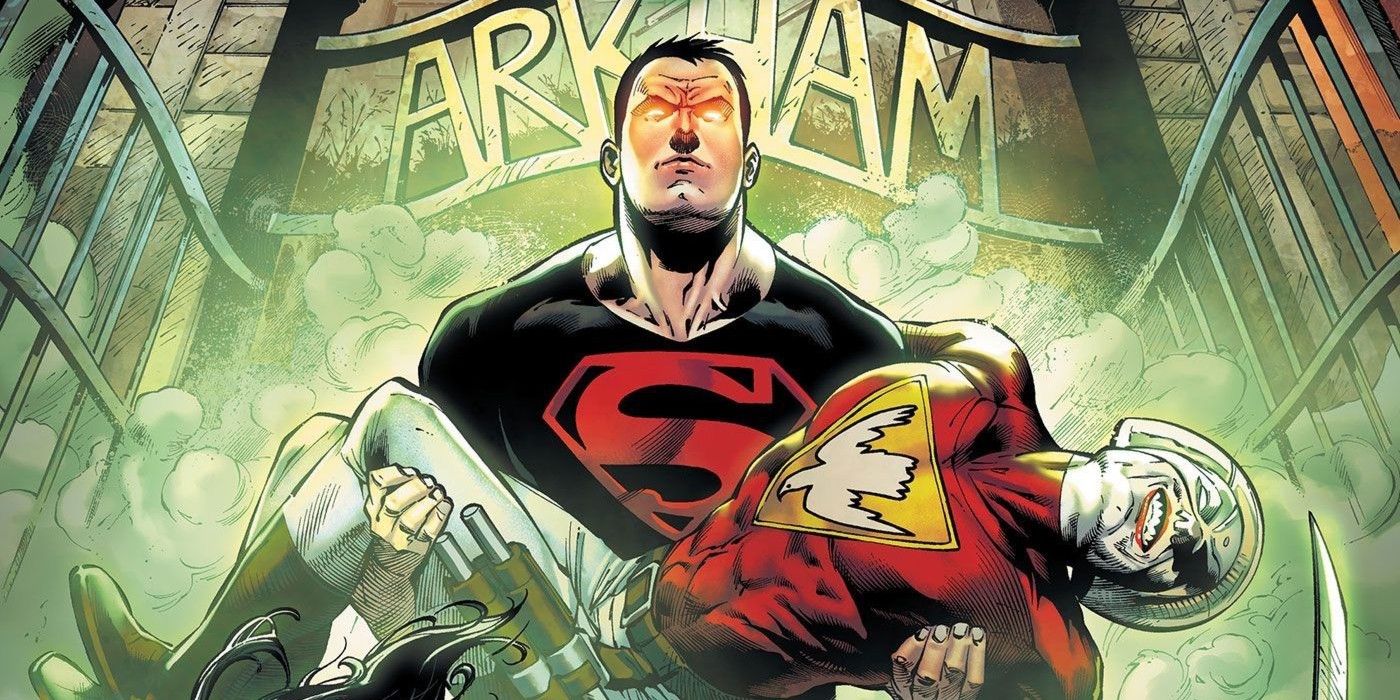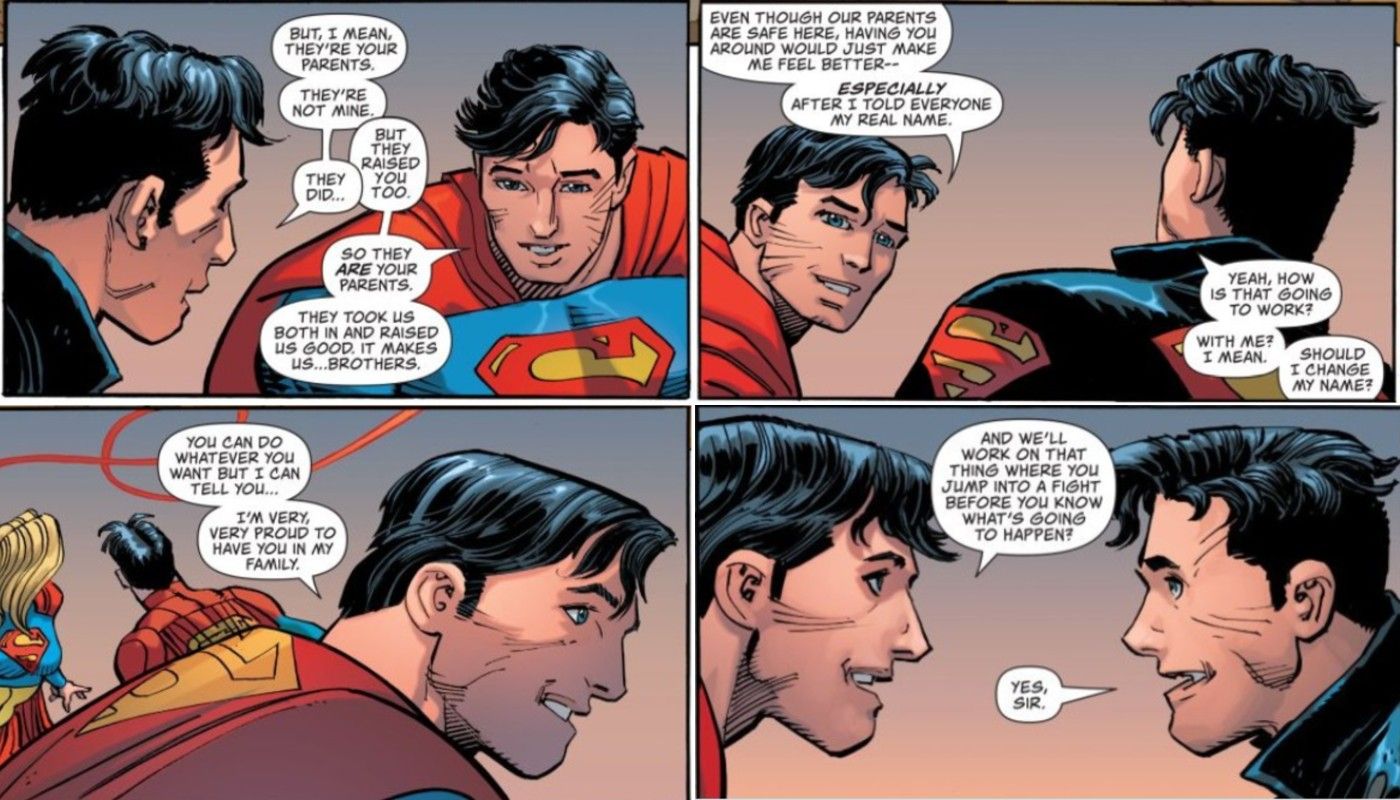Warning: contains spoilers for Suicide Squad #1
With DC Comics' latest relaunch Infinite Frontier now underway, the company has promised fans a fresh new beginning for all of its iconic characters and books, including both Superboy and his involvement in the infamous Suicide Squad. The latest iteration of Task Force X hints at a new direction for the squad, with Charlton Comics character Peacemaker leading the team instead of the usual Rick Flag or Deadshot. But while Suicide Squad is still a beloved series by fans of DC, this first issue of the new book also includes a twist that shows DC still hasn't gotten over one of the biggest problems with modern comics.
Suicide Squad #1 by Robbie Thompson and Eduardo Pansica follows Amanda Waller and Task Force X as the team infiltrates Arkham Asylum in order to rescue Talon, the enigmatic assassin who Waller wants to recruit for the next iteration of the Squad. By the end of the issue Waller reveals another surprise recruit she's captured to join the team: Conner Kent, Superman's biological clone mixed with the DNA of Lex Luthor. This twist isn't actually a surprise since Future State: Suicide Squad #1 already revealed that Conner will be working with the Squad in the future. But the problem with tying Conner Kent to Suicide Squad like this is the same problem both Marvel and DC have with continuity-they keep ignoring the status quo that was set up by old writers.
Comic books, unlike most books and movies, deals with a shared continuity that multiple writers and artists contribute to over time. This can sometimes lead to writers clashing with one another because of conflicting visions of the same character, like when Grant Morrison's X-Men was retconned out of existence because Marvel editors didn't like the changes they made to the status quo. This is an extreme example but it's not the only one-whenever one writer/artist team finishes working on a book the next creative team to take over could easily undo everything their predecessor had worked on. In the case of Superboy, putting Conner Kent on the Suicide Squad is a major blow to the new status quo that writer Brian Michael Bendis created as he left Action Comics.
Towards the end of his run on Action Comics and Superman Bendis decided to reintroduce Conner Kent into the Superman mythos and establish that Superman now remembers all of his past history with Conner. This was a huge plot development and it's clear that Bendis was setting things up for later Superman writers to explore Conner and Clark's relationship. But by sticking Conner into the Suicide Squad DC makes it harder for him to be used in Superman, and thus the new continuity that Bendis created won't have any follow-ups.
But ignoring continuity isn't just a problem with Infinite Frontier and Suicide Squad-it's endemic to comic books as a whole. Even Bendis' own Superman run began by erasing how Peter Tomasi had developed Superman's relationship with his son Jon so that he could write his own version of Jon Kent instead. Famously, Batman writer Tom King was so concerned that someone else could undo the Batman/Catwoman romance he wanted to write that he ended up concluding their romance in an alternate universe so it couldn't be changed.
Comic books existing in a shared universe can provide many opportunities for writers to improve on one another's ideas. But a shared universe of characters can only work if there is actual continuity between writers. When Bendis brought Conner Kent back into continuity he made an informal promise to fans that this was the new status quo and that Conner would be sticking around in Superman's life. But by putting Conner on the Suicide Squad instead, DC chose to ignore one writer's new idea for how Superboy should fit into the new DC universe in favor of trying out something completely different and unplanned.


